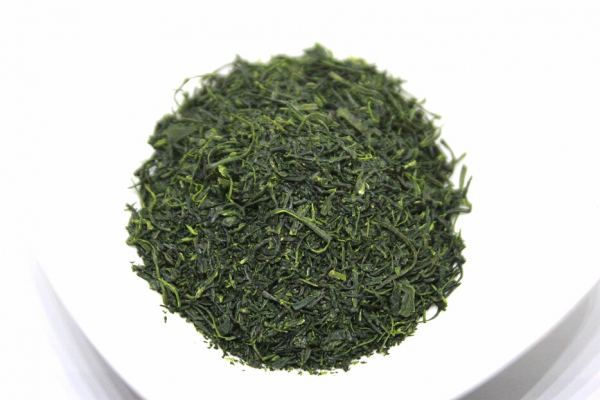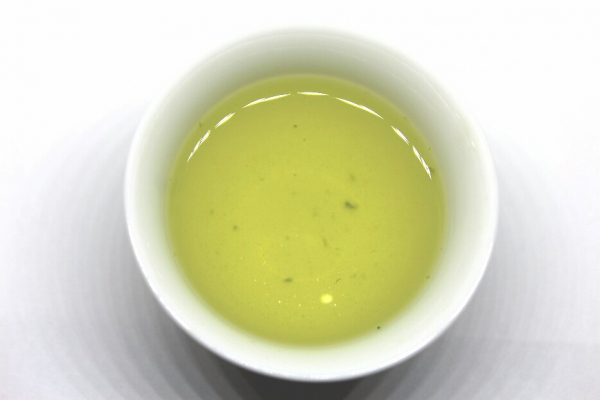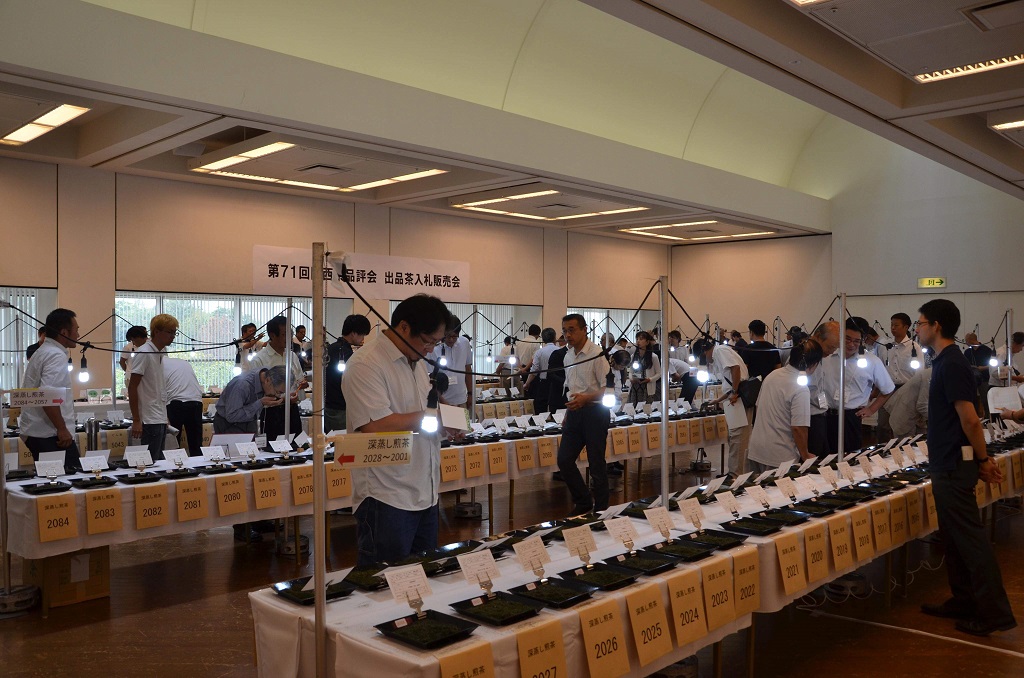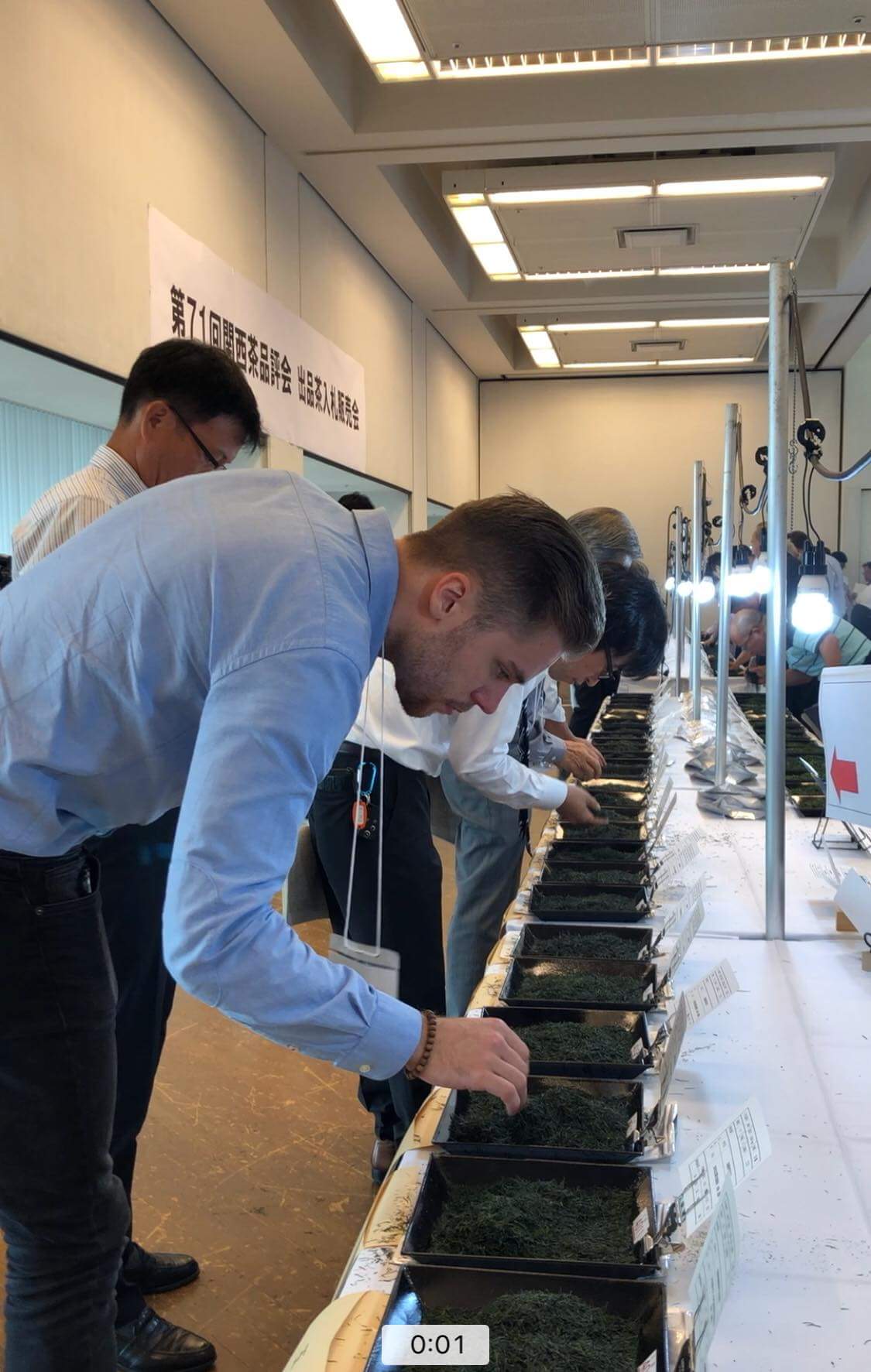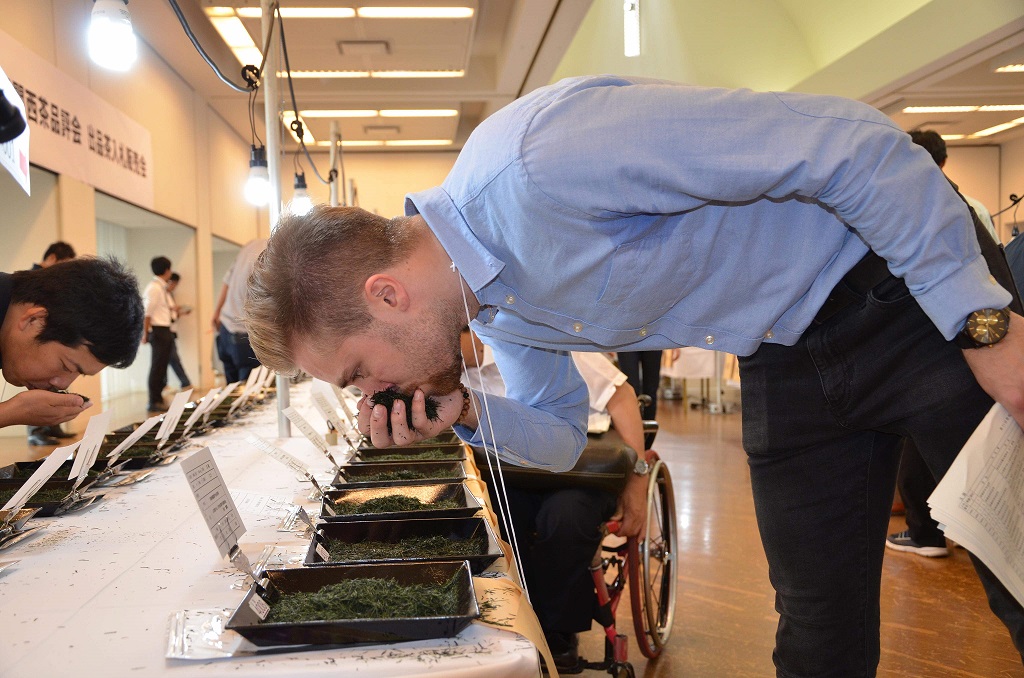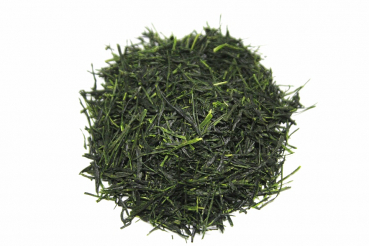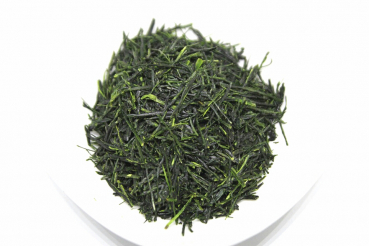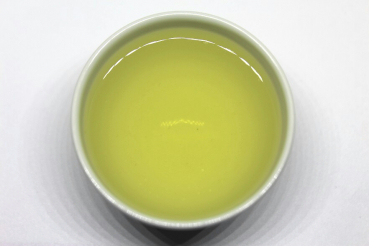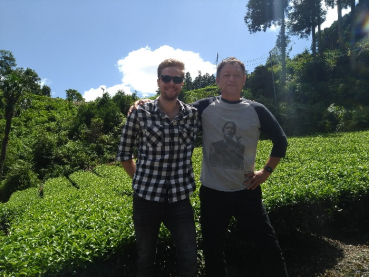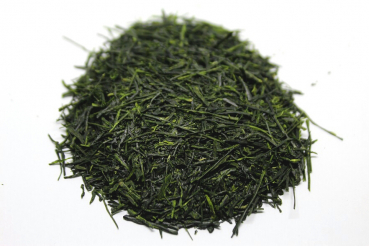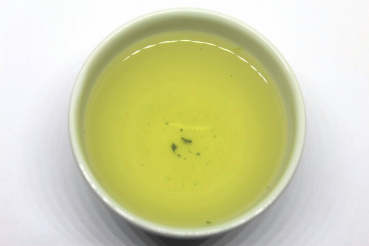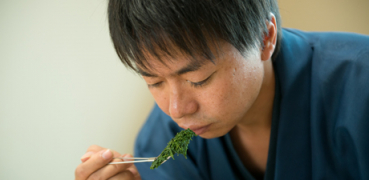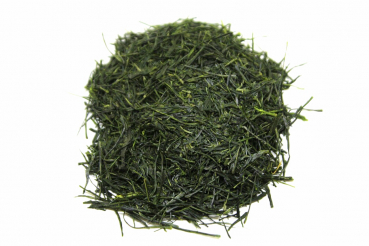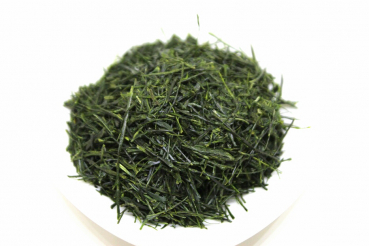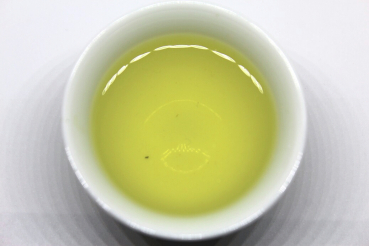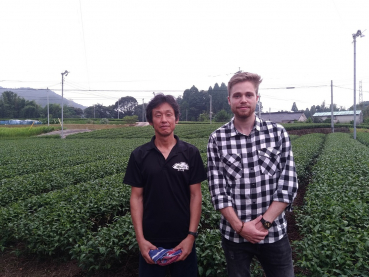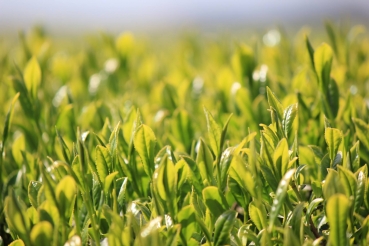Origin: Ôyama Tea Farm, Sonogi (Nagasaki)
Cultivar: Saemidori
Elevation: 100 m
Harvest: May 2022/ 2024 (First Flush), hand-picked
Type of steaming: Fukamushi (deep steaming)
Special features: By Mr. Ôyama, who has already won the national competition several times.
Ideal storing: After opening please use as soon as possible (maximum 3 months) and store in a cool, light-protected place.
Weight: 50 g
Steeping Method
First infusion:
・Amount of tea :3 - 4 g
・Water temperature:about 60℃
・Water amount:about 70 ml
・Steep duration:50 - 70 sec
Second infusion:
・Water temperature:about 60℃
・Steep duration:10 - 15 sec
Third infusion:
・Water temperature:about 60℃
・Steep duration:20 sec
Fourth infusion:
・Water temperature:about 70℃
・Steep duration:15 - 20 sec
Fifth infusion:
・Water temperature:about 70℃
・Steep duration:30 sec
Sixth infusion:
・Water temperature:about 70℃
・Steep duration:40 sec
We were at this year's Kansai Tea Competition (関西茶品評会 = Kansai Cha Hinpyoukai) and were lucky to be able to get our hands on this extraordinary competition-grade Gyokuro.
Let me briefly explain the tea competitions in Japan: The two most important tea competitions are of course the national (全国茶品評会 = Zenkoku Cha Hinpyoukai) as well as the Kansai competition. The Kansai Competition is probably the most important competition for tea farmers from the regions of Kyoto, Shiga, Nara, Mie and Gifu.
The teas are judged by appearance, cup colour, aroma and taste. In the end, cup colour and appearance have rather less influence on the taste of the tea, which sometimes leads to good deals, especially in the midfield.
After the teas have been judged, the auction takes place. Only wholesalers from Japan are allowed to enter the auction, but we were lucky that a befriended wholesaler had taken us with him.
The auction will take place as follows: There is a room where all competitive teas are displayed and you have the possibility to inspect the teas (about two to four hours), but you cannot try the teas, you can only take them into your hand and smell them.
Then you have to determine the price / kg and write it on a piece of paper and put it in a box underneath the table. The one with the highest price wins the bid.
Because you have to determine the price only according to appearance and smell, there are of course "rivets" every now and then, because competition grade tea does not mean automatically that it really tastes good.
Why are competition grade teas so expensive and what is the difference to "normal" teas?
The effort required for competition grade teas is quite different from that required for normal teas. It starts with the selection of the tea field: The tea farmers use their best tea field for competition grade teas (location and soil). In addition, particularly elaborate fertilization methods are used for these teas. The teas are of course hand-picked, but the difference is that for competition grade teas, a maximum of two leaves and a bud are picked, and often only one leaf and a bud. In addition, the harvest takes place comparatively early, so the tea leaves are very tender and have a lot of umami and sweetness. This of course means that the tea farmer loses a lot of his harvest.
Small machines are used in the production, every step is thoroughly checked and many intermediate steps are carried out manually. In total there are about 70 - 80 people involved in the whole production process, which lasts from morning until late in the evening. At the end the tea is sorted by hand with tweezers and at the end of the day only about 4 kg of tea comes out. However, this does not apply to all competition teas, as not all are hand-picked and produced as carefully as described.
As you may have already noticed, from a financial point of view, competition grade teas are not profitable at first, but it is important for the reputation of a tea farmer and the price that his "normal" tea achieves on the market.
Here are a few impressions of the production of two competing teas, where we were allowed to take part in every step from morning to evening :
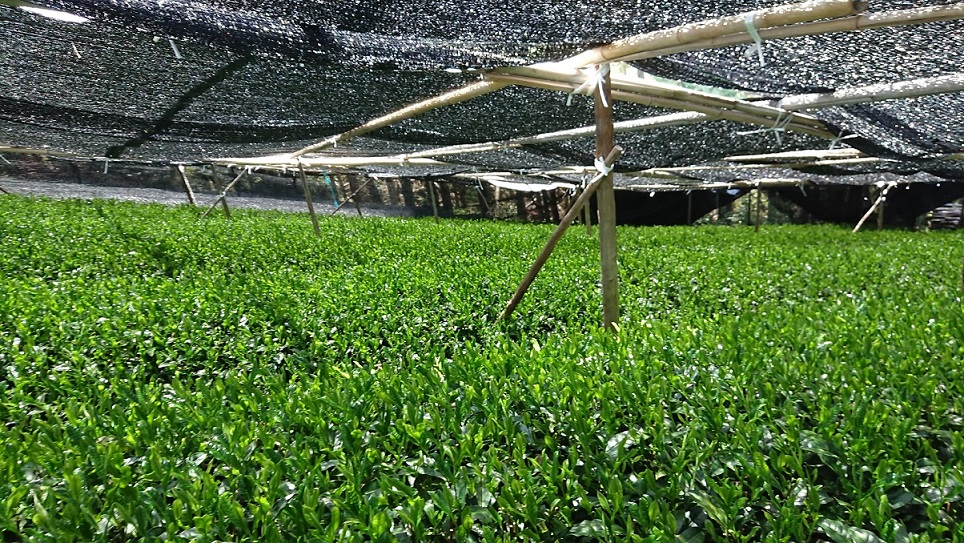

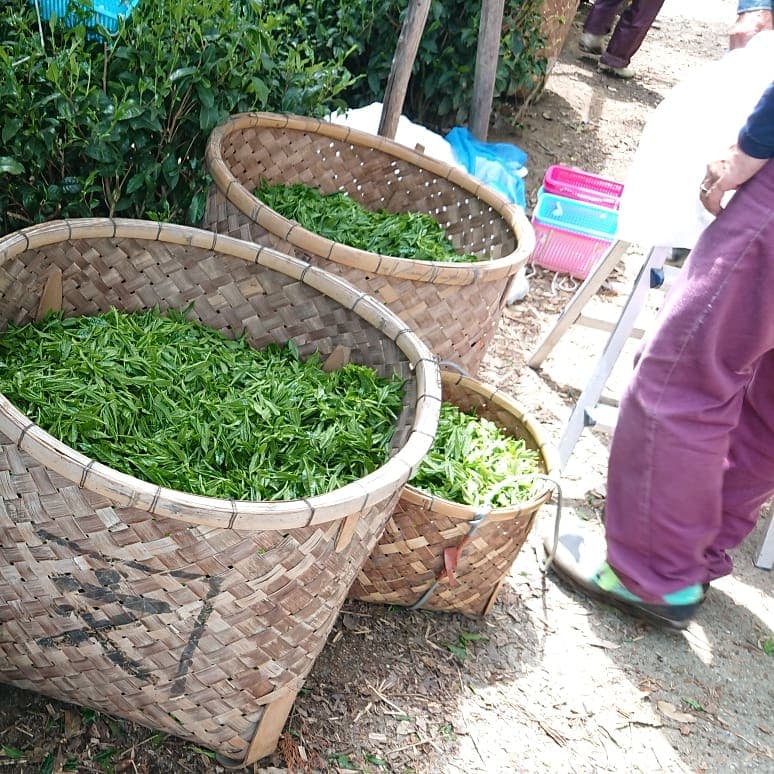
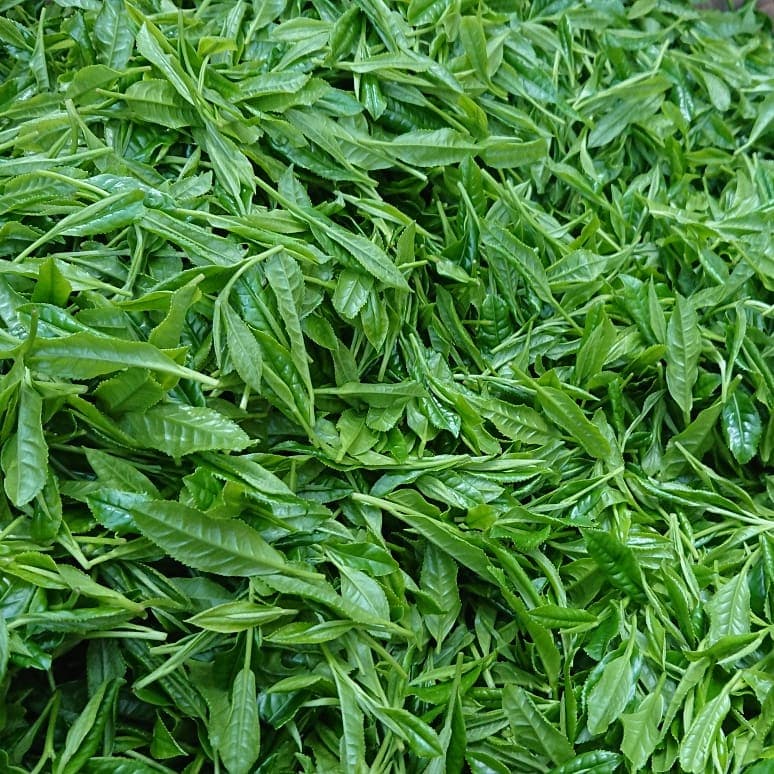
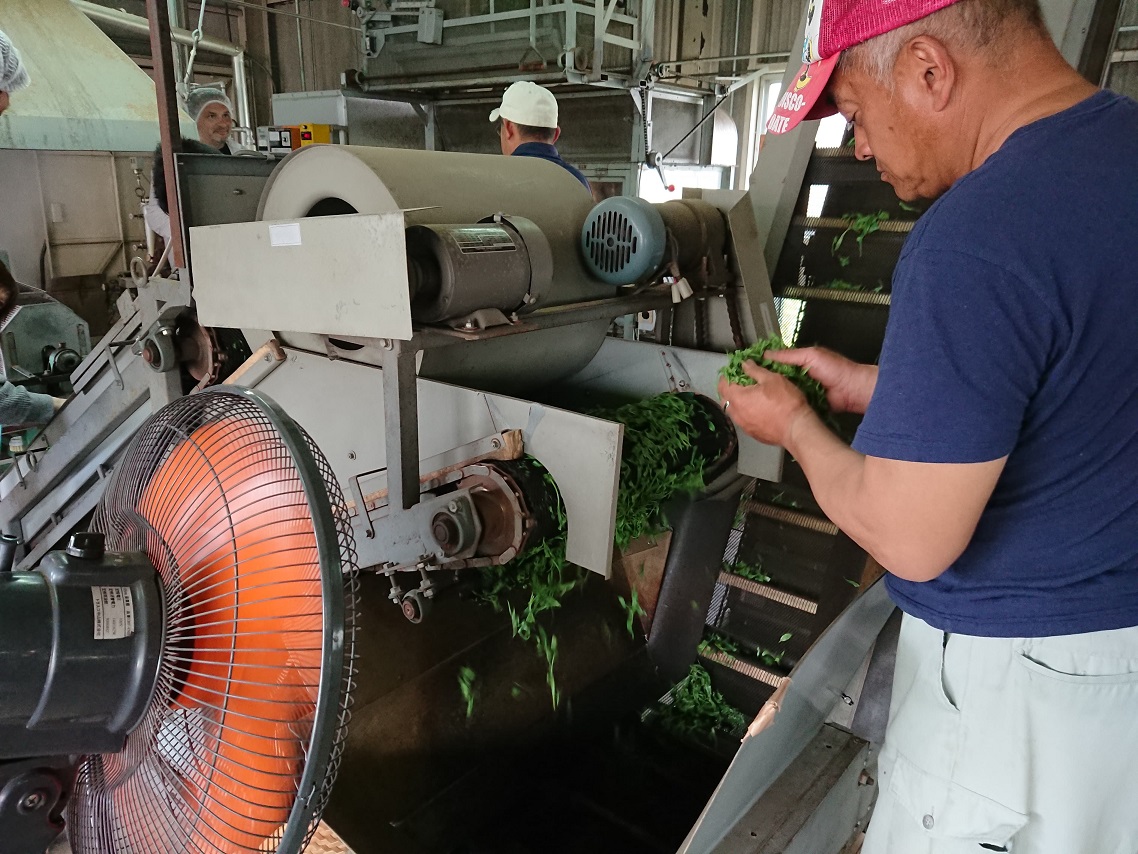
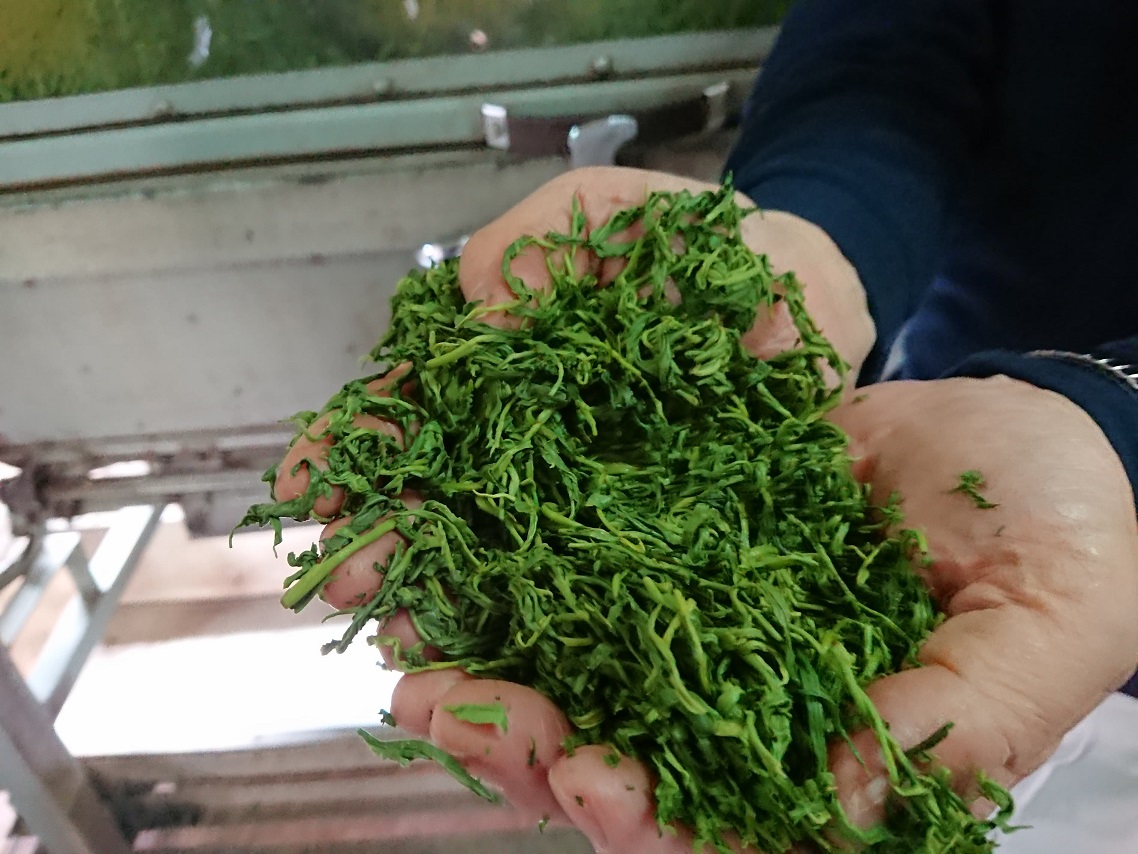
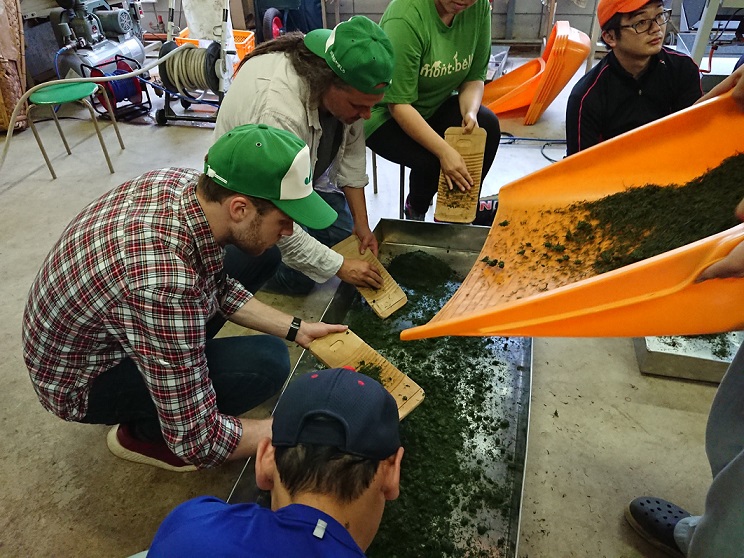
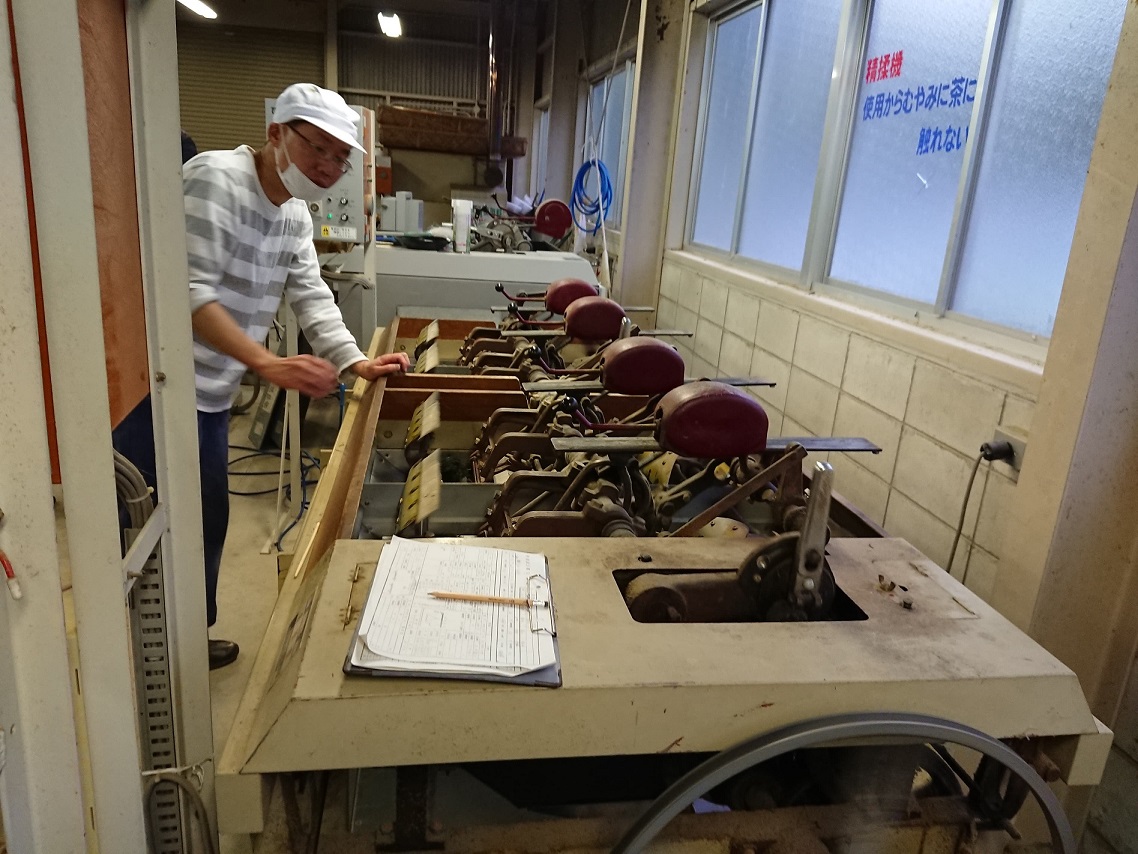
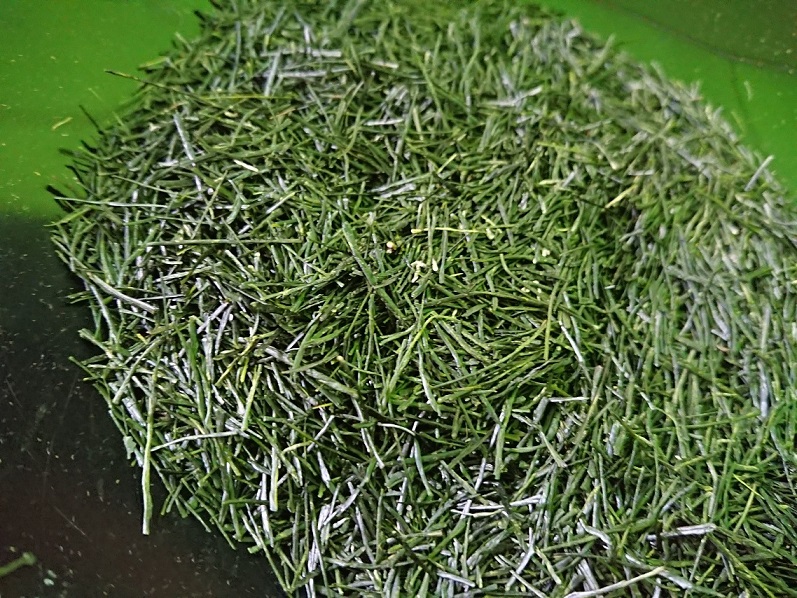
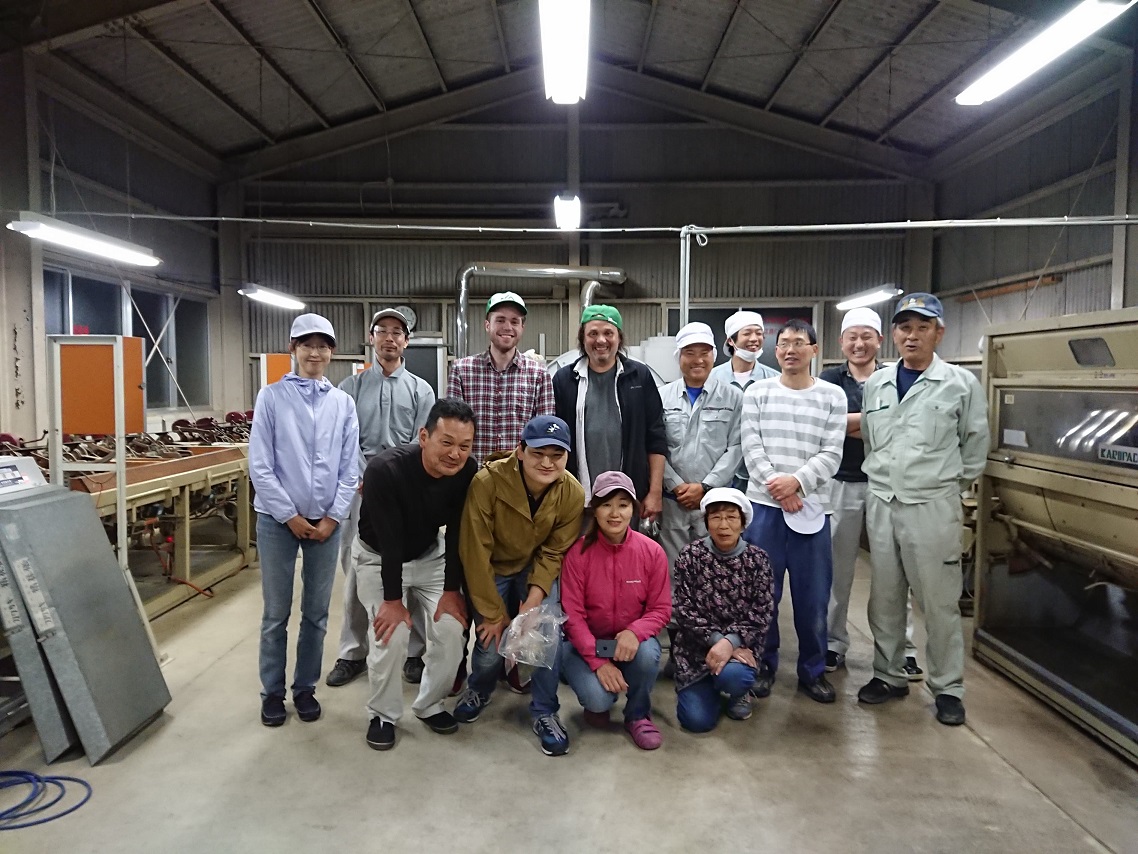
The best Tamaryokucha by Mr. Ôyama. A strong Umami and fruity sweetness are completed with fine nutty aromas. You won't find a better Tamaryokucha! An absolute must-have for fans of Fukamushichas as well as teas with a stronger final heat!

